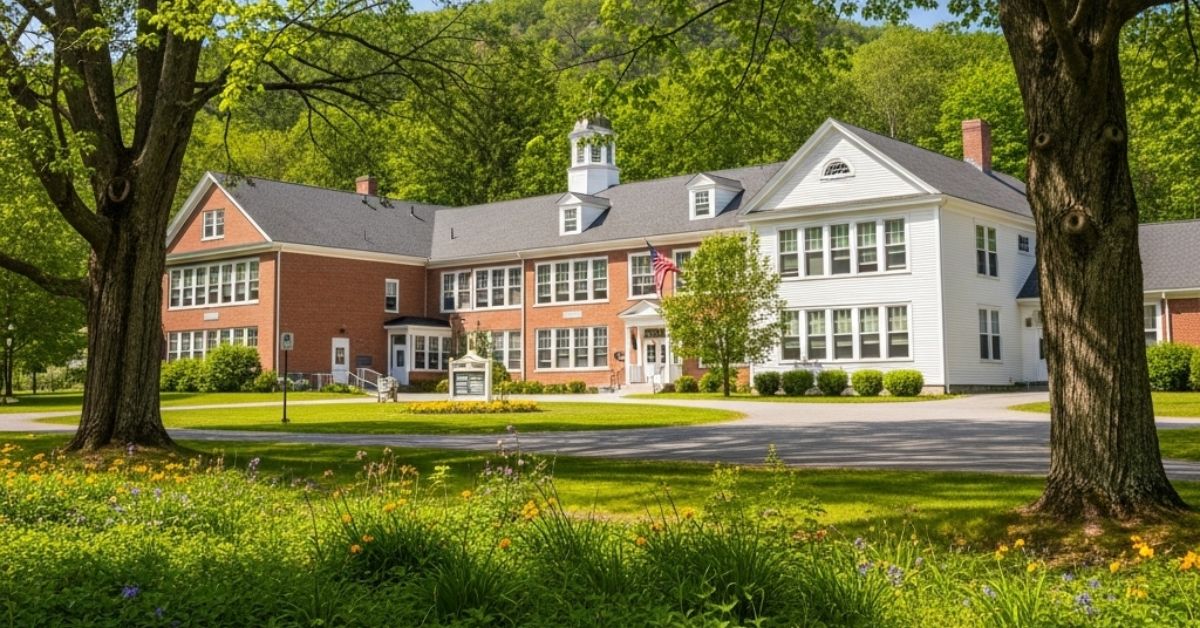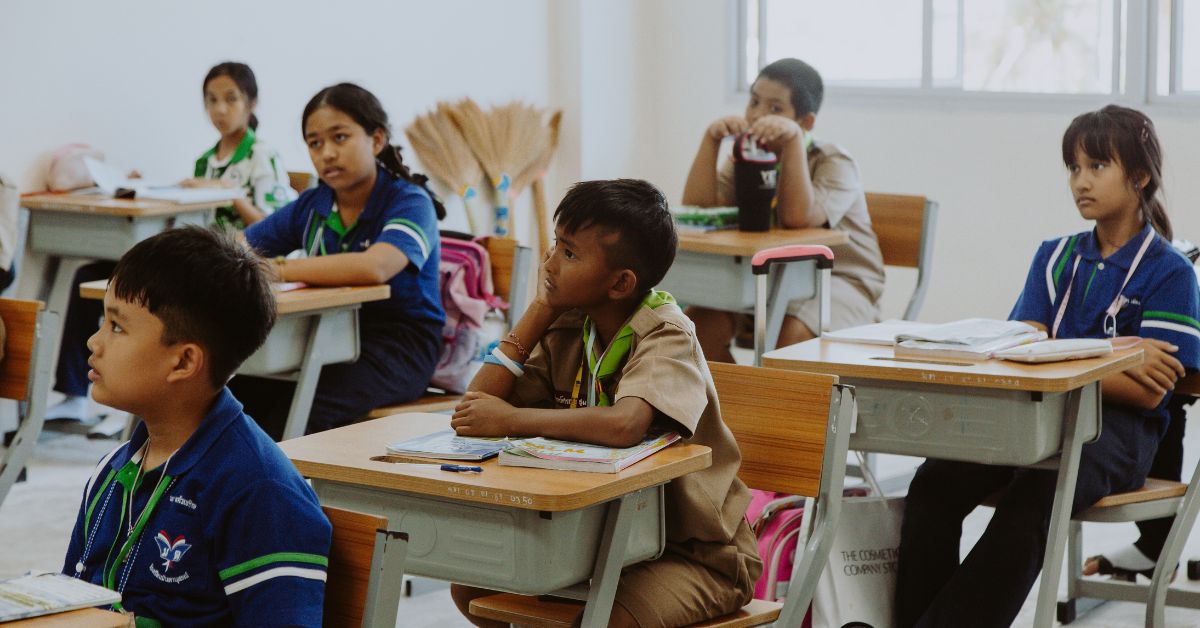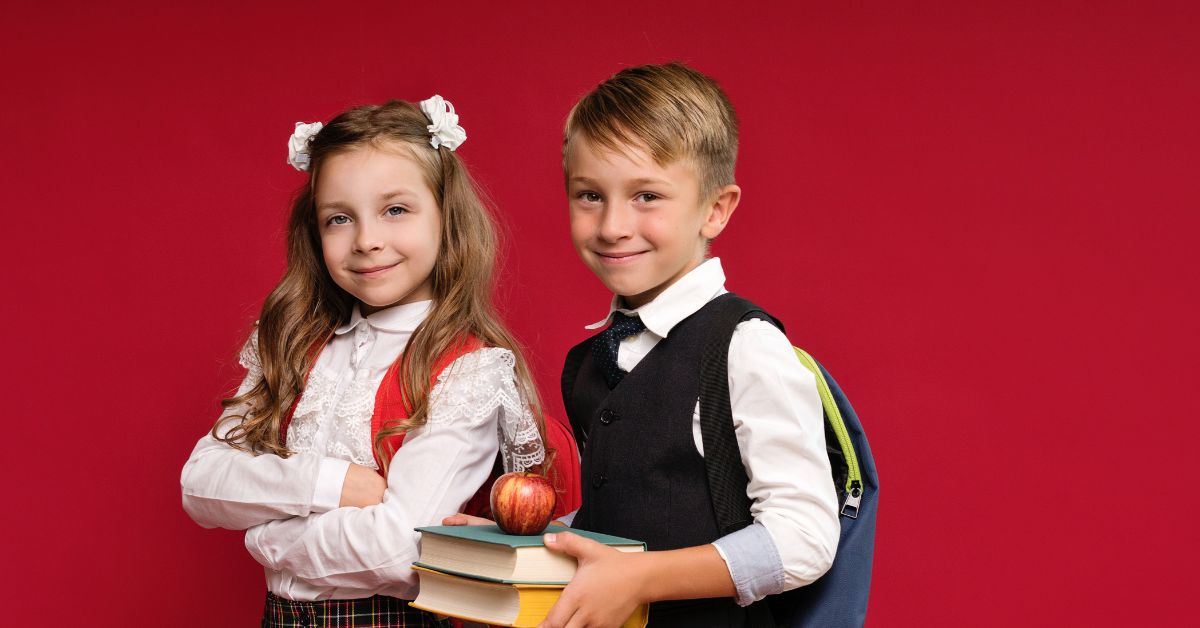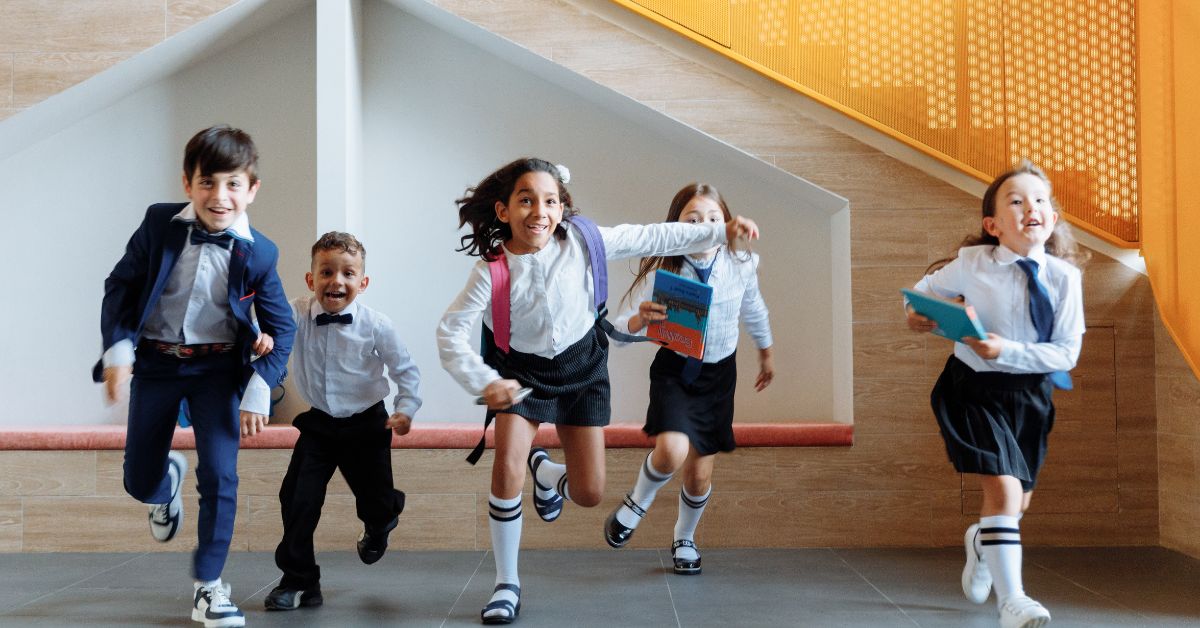In the small towns of Vermont, schools don’t look or feel like the ones in big cities. Instead of large buildings with thousands of students, Vermont’s schools are small, personal, and part of the local community.
In these places, learning feels special. But what makes these small schools different—and does smaller really mean better?
A School Where Everyone Belongs
In Vermont’s small schools, everyone knows each other. Most schools have fewer than 100 students. That means students aren’t just names in a crowd. Teachers know their students well—sometimes even teaching brothers and sisters from the same family over the years.
Principals might sit and eat lunch with the youngest kids. Classrooms often mix different grades together. This kind of close environment helps students feel safe and supported. When kids feel like they belong, they are more willing to speak up, ask questions, and try new things.
But can this close feeling work in larger schools? Or is it something special that only happens in small places like these?
Teachers Do More Than Just Teach
In Vermont’s small schools, teachers play many roles. They are not only teachers but also coaches, helpers, and even school event planners. With fewer students and less paperwork, teachers can be more creative in the classroom.
For example, if students are excited about a nearby beaver dam, the teacher might use that as a lesson in science or math. They can also do fun, hands-on projects like maple syrup-making or studying nature around them.
However, this flexibility also has a cost. Teachers have to do a lot, and that can lead to burnout. There are fewer resources, and not every teacher can handle so many tasks at once.
Learning That’s Connected to Real Life
Vermont’s small schools often focus on real-world learning. Instead of only reading from books, students go on trips to local farms, forests, or town offices. They work on projects that help their communities, like cleaning up parks or helping at events.
This makes learning more meaningful. Students see that their actions matter and that they are part of something bigger. They don’t just learn facts—they learn how to be helpful members of their community.
Still, some people wonder: Can learning that’s so local prepare kids for a big, global world?
The Hidden Problems
While small schools have many good points, they also face serious challenges. Some schools are running out of money, and others have fewer students each year. Vermont passed a law called Act 46 in 2015 to combine small school districts. This caused a lot of debate.
Some people thought the law would save money and give all students the same chances. Others were worried it would take away the local control that makes small schools so special.
Also, students in small schools may not have as many choices when it comes to classes or clubs. Some don’t have access to advanced classes or sports teams. And in rural areas, internet access isn’t always strong.
A Place for New Ideas
Even with their struggles, Vermont’s small schools are places where people are rethinking what education really means. These schools are about more than just test scores. They are about relationships, community, and helping each student grow in a personal way.
Instead of just pushing through a schedule, students are encouraged to be curious and kind. They are learning more than facts—they’re learning how to be thoughtful, caring people.
Conclusion
Vermont’s small schools may not work for everyone, but they offer something powerful: a learning experience based on connection, trust, and community. As more schools across the country face issues with size and system overload, Vermont gives us a hopeful example.
Maybe education doesn’t have to be big to be successful. Maybe, just maybe, small schools can teach us big lessons.








